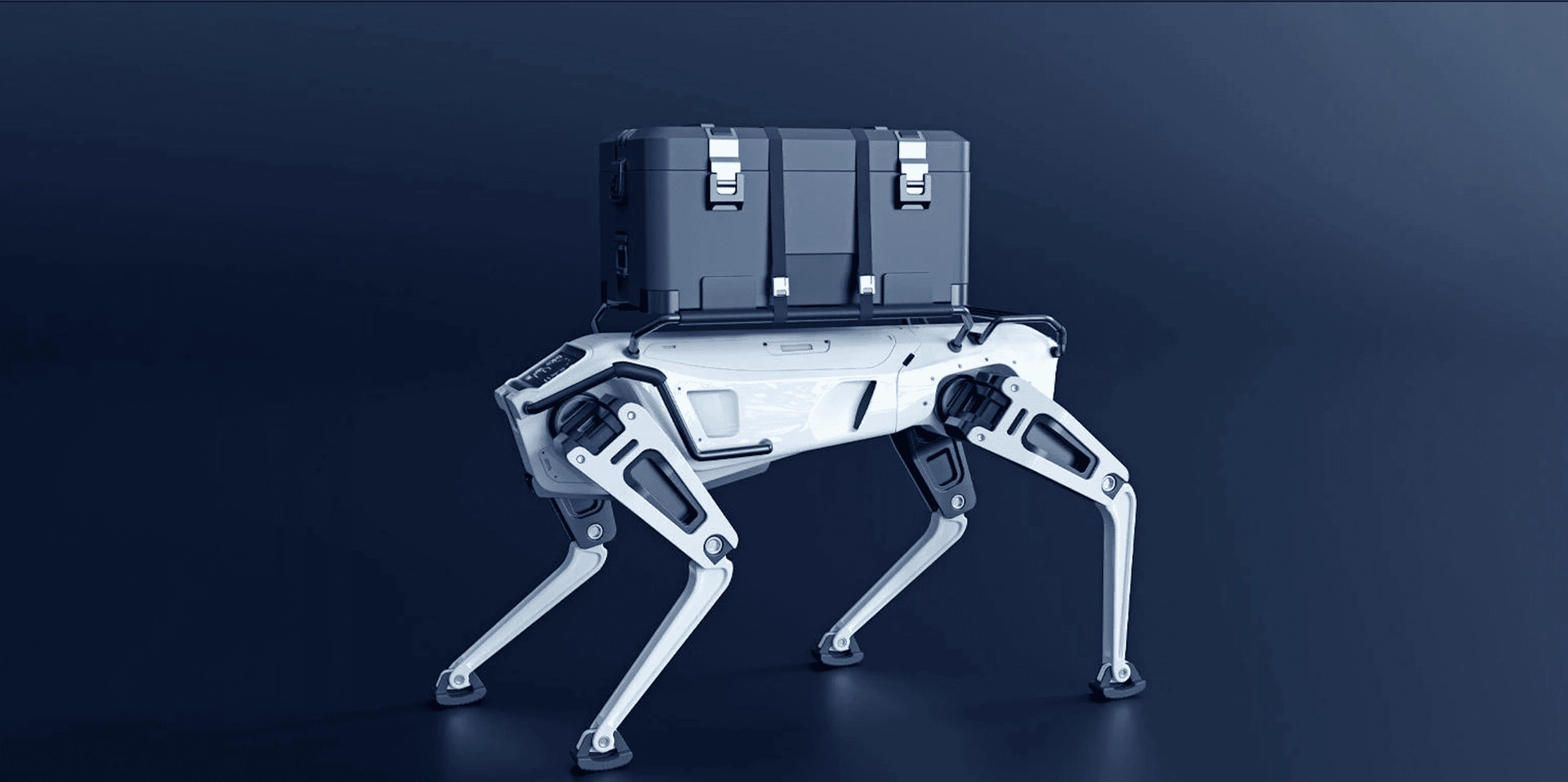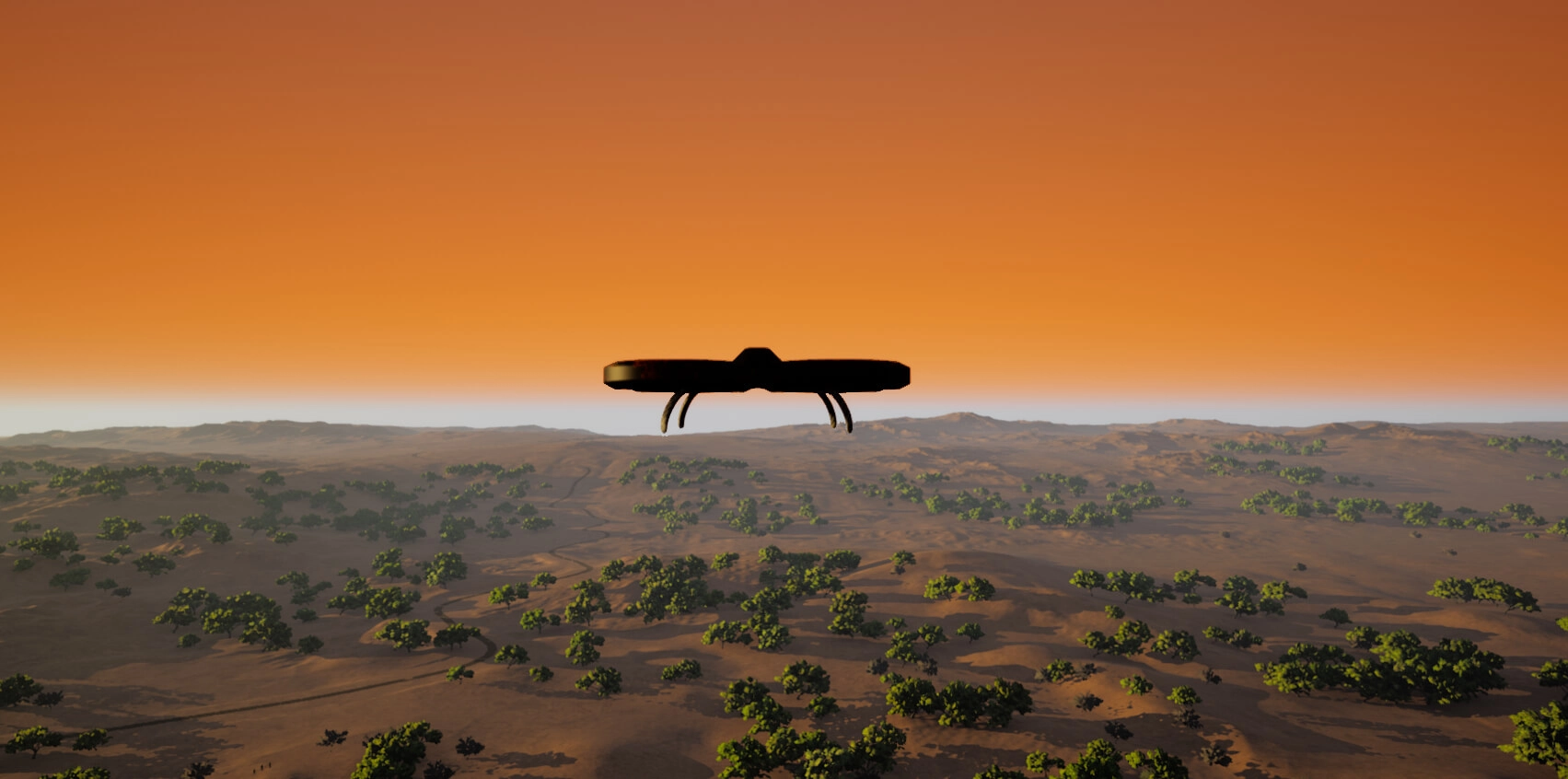How to Accurately Estimate Data Science Project: A Step-by-Step Framework

Anastasiia Dolgaryeva
Delivery Manager
When clients ask how long a data science project will take, they often expect the kind of answer you’d get for a traditional software task. But data science isn’t about building a known feature – it’s about exploring what’s possible, learning from data, and translating that into something the business can act on.
The irony is that while nearly every company today believes they need AI or advanced analytics to stay competitive, most data science initiatives fall far short of expectations or fail outright. There’s no single source for an exact failure rate, but industry signals are hard to ignore.
Back in 2016, Gartner analyst Nick Heudecker estimated that as many as 85% of data science projects fail. Another source claims only 13% reach production.
Despite rapidly evolving tools, platforms, and modeling techniques, the core reasons behind failure remain remarkably consistent: leadership relying more on gut instinct than insights, teams lacking a clear business case, and organizations pushing forward with data initiatives without first building a culture of evidence-based decision-making.
At Quantum, we’ve built our data science project estimation approach around embracing uncertainty, iteration, and measurable KPIs. This article breaks down our methodology and shows how to apply it as an AI and data science services company.
To help you apply this approach, we’ve also included a downloadable estimation file used by our team to structure and scope DS projects with real effort ranges.
The Core Difference: Accuracy Over Delivery
Software development estimation is driven by functionality. You know what you’re building-a checkout page, a dashboard, a mobile app- and the effort is measured in features.
In contrast, data science is measured in terms of model performance, often using data science performance metrics like accuracy, precision, recall, or F1-score. While accuracy is a common requirement in many systems (such as GPS devices, sensor platforms, or analytical software), in data science it carries a different challenge: you often can’t predict what level of accuracy is achievable until you explore the data.
You can’t promise a 95% F1-score on day one because it depends on factors you may not fully control at the start: data quality, feature availability, noise levels, hidden biases, or the fundamental learnability of the task. In software engineering, requirements like accuracy can often be engineered through design and calibration. In data science, they’re discovered through experimentation.
That changes everything. You’re no longer estimating how long it takes to implement a solution – you’re estimating how long it will take to find one. And that journey includes missteps, restarts, and iterations.
Why Iterations Work (and Waterfall Doesn’t)
We estimate DS projects as a series of iterations. Each iteration has a defined goal – build a baseline model, improve performance, test generalization – and is scoped and priced independently.
This lets clients control how far they want to go. After each iteration, they get measurable results. If those results are good enough, they can stop. If they need improvement, they can fund another iteration with clearer insight into expected gains.
Our iterations follow the CRISP-DM framework. It’s not a buzzword– it’s genuinely the backbone of our work. Every cycle includes understanding the problem and data, preparing inputs, building and evaluating a model, and considering deployment. This loop keeps the work grounded and allows us to structure estimates in a way that aligns with real progress.
For a deeper dive into how we connect estimation with delivery methodologies, see our article on Data Science Project Management Methodologies.
Estimating the Whole Flow
The most overlooked truth in estimation in data science is this: modeling is only 30-40% of the effort.
It begins with requirements – understanding what the client truly wants to achieve, and how the output of the model will be used in their product or workflow. That means aligning with data science KPIs and thinking about where and how predictions will be consumed.
Then comes data collection. Often underestimated, this phase can swallow weeks of work. Open-source datasets may look promising but turn out to be noisy, incomplete, or misaligned with your real-world task. Even when the data is available, cleaning it, converting it, and storing it in usable form is a job of its own.
After that, we move into the iterations themselves: modeling, evaluation, and refinement. This is where the typical excitement lies, but without the previous two stages done well, no model can succeed.
Finally, and most often overlooked, we transition research code into production. This means setting up environments, packaging models into APIs, writing tests, logging outputs, and ensuring the solution integrates smoothly into the customer’s systems. It’s not glamorous work, but it’s essential. In fact, the most common reason DS projects fail to create business value is because this step is rushed or skipped.
A Test Example: Satellite Biomass Estimation
To demonstrate how part of our estimation framework works in practice, let’s walk through a test case we use internally to explain our structure. The task is to estimate data science project above-ground biomass using satellite imagery. This example isn’t based on a real client, but it closely reflects the types of projects we deliver.
It starts with dataset research: identifying open satellite sources, checking resolution, and downloading samples. The estimate for this phase is around 20 m/hours.
The first modeling iteration is designed to build a simple baseline model. Its goal is not to maximize accuracy, but to validate whether the data has predictive value. This includes preprocessing, model training, and evaluation – typically around 50 m/hours.
In the second cycle, we aim to refine the model by exploring new architectures, enhancing features, and improving performance. Another 50 m/hours.
The final stage involves preparing the solution for deployment: setting up Docker, building pipelines, and generating documentation. This takes about 20 m/hours.
The total estimate comes to roughly 150 m/hours. But more important than the number is the structure: this example shows how we factor in requirements, iterations, and production readiness from the beginning – something that’s often missing from traditional approaches.
You can explore the full Excel estimation file we used for this example here.
Avoiding the Most Common Pitfalls in DS Project Estimation
From experience, we’ve seen a few patterns emerge in failed DS project planning. The most frequent mistake is treating model training as the core deliverable. In reality, training is one-third of the total effort – maybe less. Requirements analysis, data handling, and production work are just as important.
Another issue is underestimating the number of iterations needed. A proof of concept might work, but refining it to meet business targets often takes multiple attempts. Planning for just one iteration and hoping for the best is risky and unrealistic.
Finally, there’s the integration gap. A model that performs well in a Jupyter notebook doesn’t create value unless it’s integrated, monitored, and used. That step needs to be scoped and budgeted just like any other.
Final Thoughts
Estimating a data science project isn’t about predicting the future. It’s about managing uncertainty in a structured way. By breaking the work into clear, time-boxed iterations, grounding your process in CRISP-DM, and not ignoring the messy – but essential – parts like integration and deployment, you can build realistic, actionable project plans.
At Quantum, we’ve delivered dozens of data science portfolio – in defense, agriculture, logistics, and more. Our cross-industry experience allows us to transfer best practices between domains, solving complex problems with a balance of technical rigor and creative flexibility.
This is enabled by our advanced R&D capabilities, a dedicated Data Science Center of Excellence, and strict adherence to CRISP-DM methodology. From early-stage modeling to real-world deployment and post-launch monitoring, we apply structured methods and governance frameworks to ensure our solutions deliver measurable, lasting value – not just technical proofs of concept.
If you’re planning your own AI project and want a solid estimate – not a guess – we’re here to help.
Want to See How This Applies to Your Project?
We offer a free 30-minute estimation session to help you:
- Assess whether your data is ready for modeling
- Identify the key unknowns that will impact delivery
- Structure your project into realistic, measurable iterations
- Understand typical effort ranges based on similar cases
Whether you’re planning a feature, AI solution development or need a solid foundation for estimating your next project, our team is ready to support you.
Book Your Free Estimation Session to schedule a time.
Read more: How to create excellent requirements.
Data Science Services
Quantum applies advanced statistical analysis, predictive modeling, and ML algorithms to extract patterns, validate hypotheses, and make data-driven decisions from complex datasets.
Check the service










